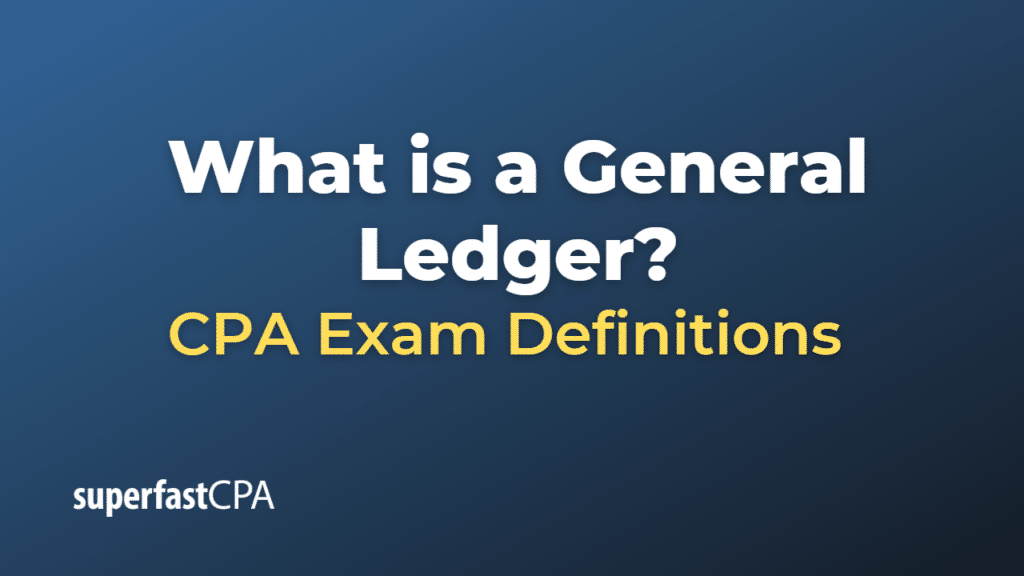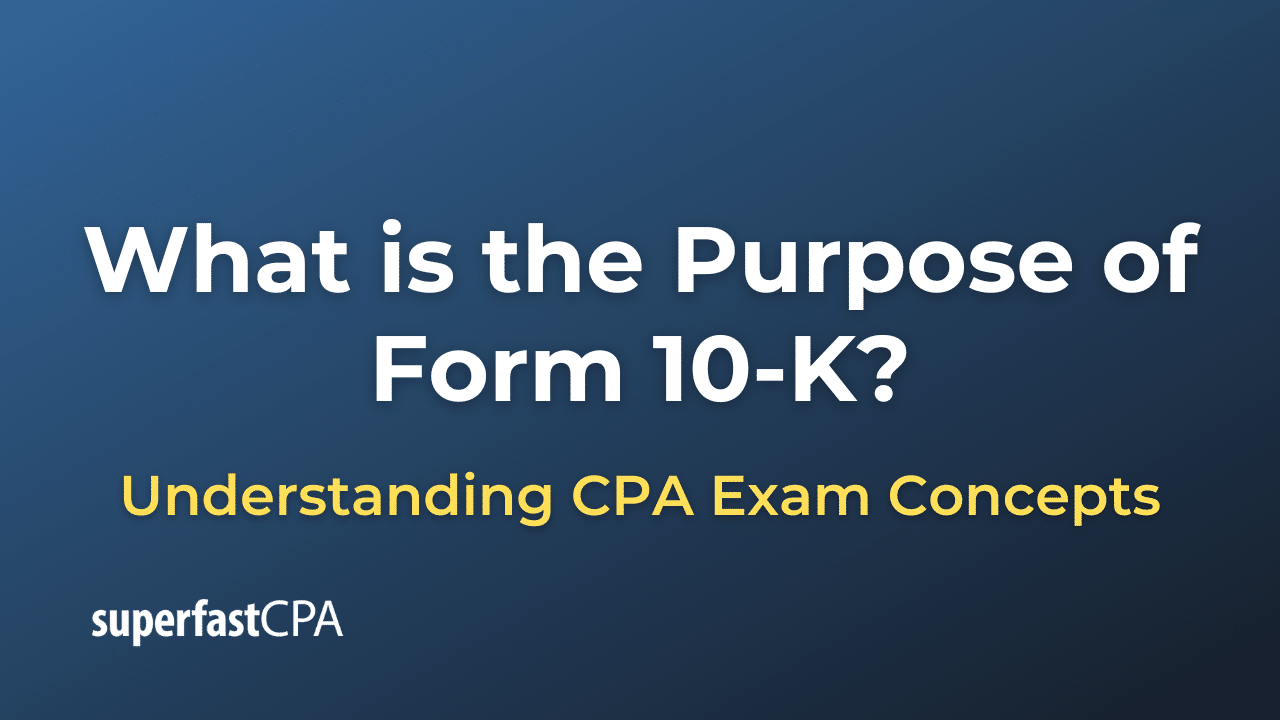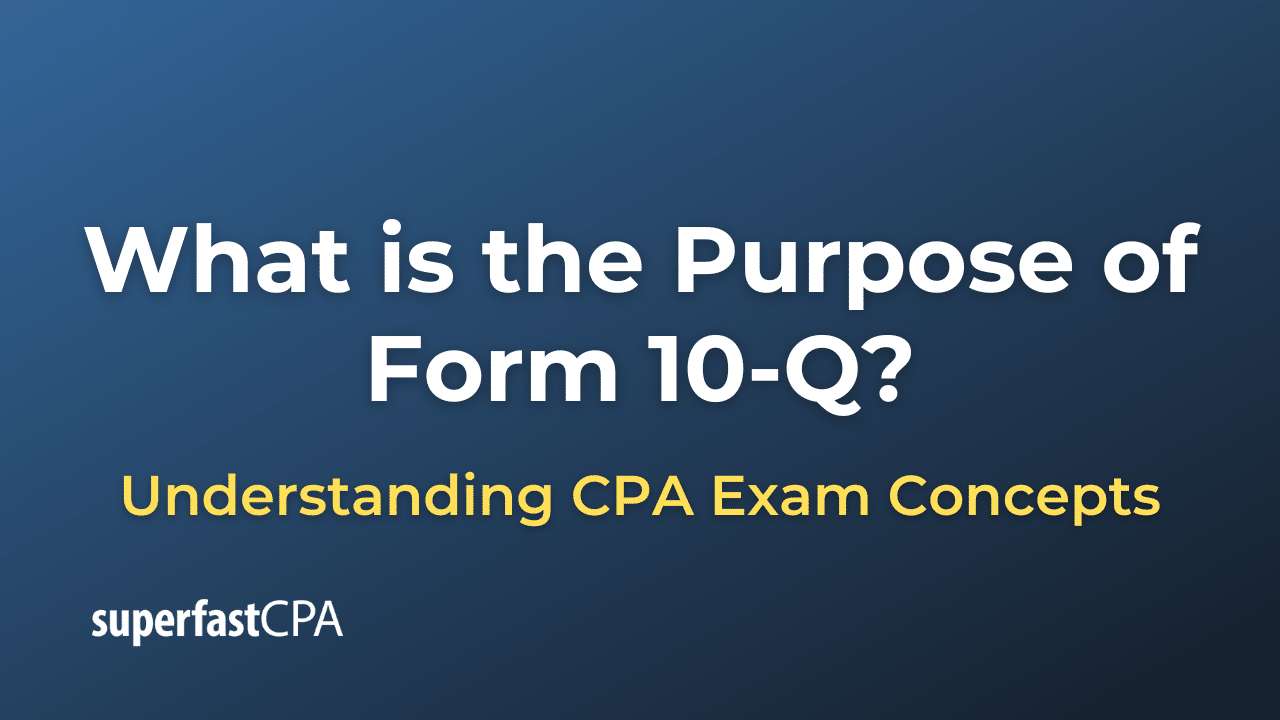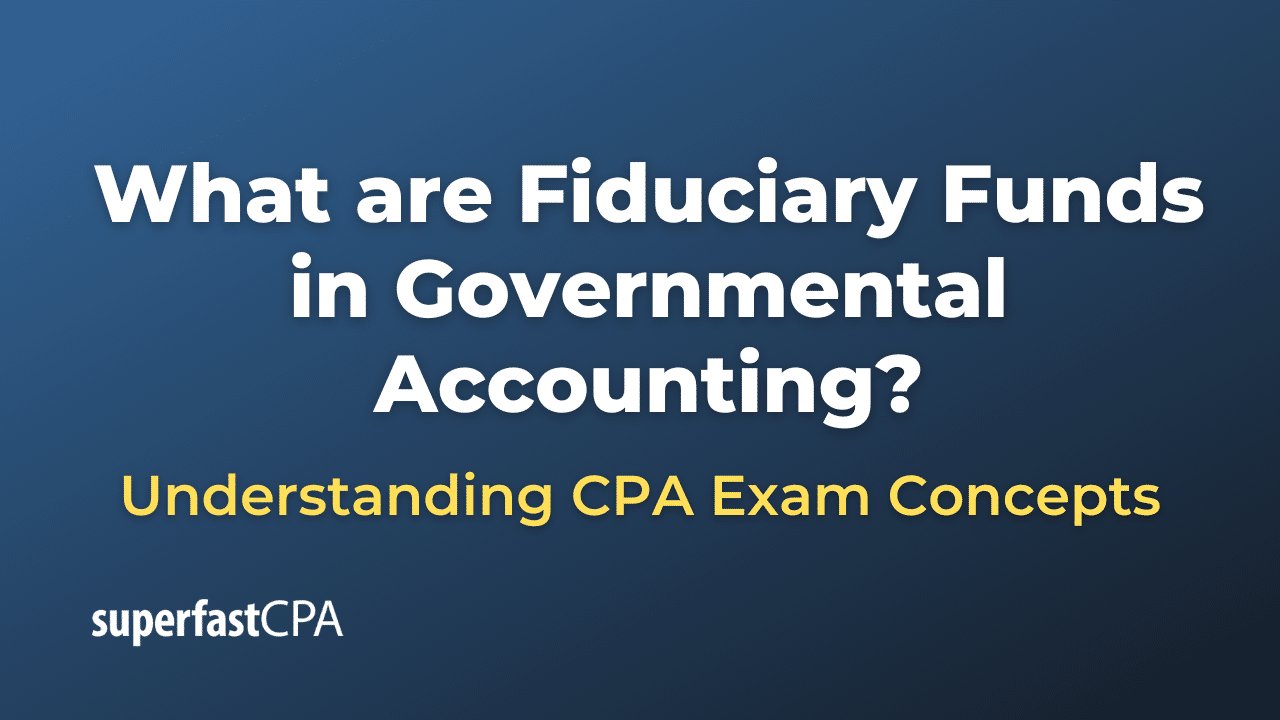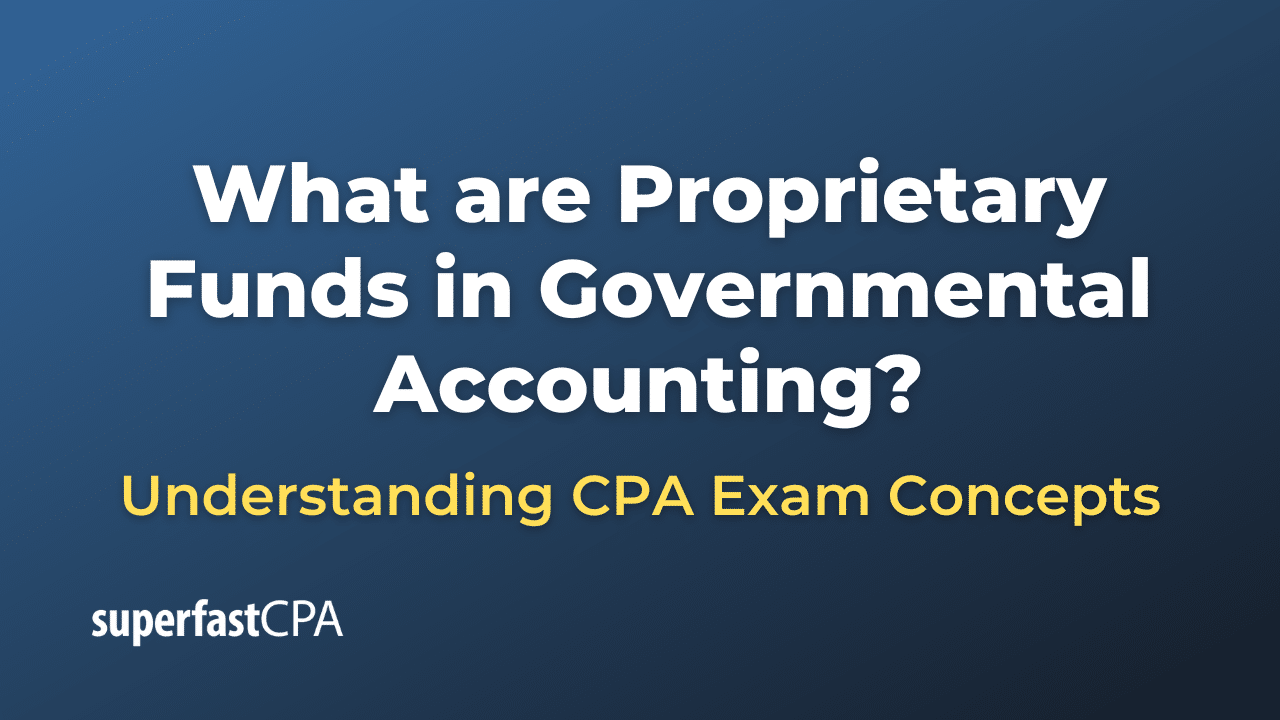General Ledger
A general ledger (GL) is the main accounting record of a business or other organization. It is used to record all the financial transactions within an entity’s accounting system.
The general ledger contains all the accounts for recording transactions relating to a company’s assets, liabilities, owners’ equity, revenue, and expenses. Each transaction that a business conducts is posted to the general ledger from the initial journals where they were first recorded.
The general ledger is the backbone of any accounting system which is why it is also referred to as the “books” of the entity. It provides a complete record of financial transactions over the life of the company.
A general ledger is divided into five categories: assets, liabilities, owner’s equity, revenue, and expenses. Each category is broken down into several subcategories. For example, assets can be divided into cash, accounts receivable, inventory, prepaid expenses, and fixed assets, among others.
At the end of each accounting period (monthly, quarterly, annually), the balances in the general ledger accounts are used to create the trial balance, which is then used to generate the financial statements.
In modern accounting systems, general ledgers are often part of a software system that includes modules for accounts receivable, accounts payable, payroll, and other functions. These systems can automatically post transactions to the general ledger, making the accounting process more efficient.
Example of a General Ledger
Let’s consider an example using a small business, let’s call it “Bob’s Bike Shop.”
Bob’s Bike Shop uses a simple general ledger with the following accounts:
- Assets: Cash, Accounts Receivable, Inventory, Equipment
- Liabilities: Accounts Payable, Loan Payable
- Owner’s Equity: Bob’s Capital, Retained Earnings
- Revenue: Sales
- Expenses: Cost of Goods Sold (COGS), Wages Expense, Rent Expense, Utilities Expense
Now, let’s imagine a few transactions and see how they would affect the general ledger:
- Bob sells a bike for $500 cash: This transaction would increase the Cash account (an asset) by $500 and increase the Sales account (revenue) by $500.
- Bob buys $200 of bike parts on credit to use for future repairs: This transaction would increase the Inventory account (an asset) by $200 and increase the Accounts Payable account (a liability) by $200.
- Bob pays $1,000 off his business loan: This transaction would decrease the Cash account (an asset) by $1,000 and decrease the Loan Payable account (a liability) by $1,000.
- Bob pays his monthly rent of $800: This transaction would decrease the Cash account (an asset) by $800 and increase the Rent Expense account (an expense) by $800.
These transactions and all others are recorded in the general ledger. Over time, the ledger provides a complete record of all financial transactions affecting Bob’s Bike Shop. It’s used to prepare financial statements and provides information needed for financial analysis and management decisions.
Keep in mind this is a simplified example. Actual business transactions can be more complex, and the general ledger can contain many more accounts. The level of detail in the ledger can vary based on the size of the business, the complexity of its operations, and the requirements of its accounting system.

